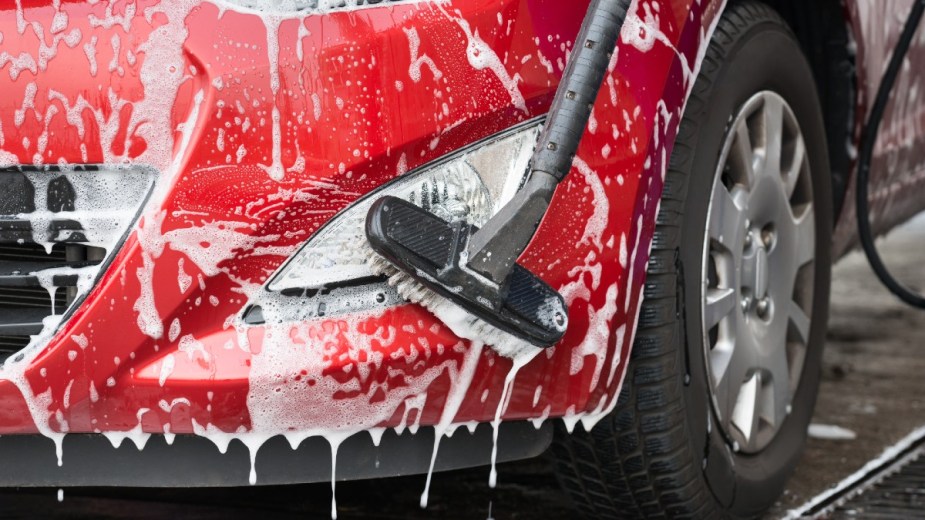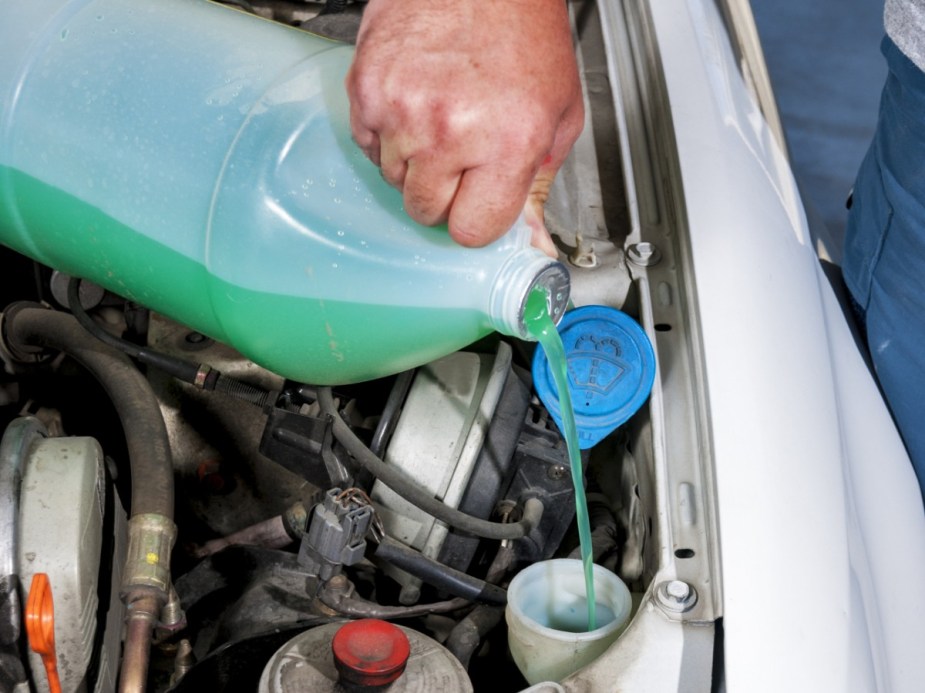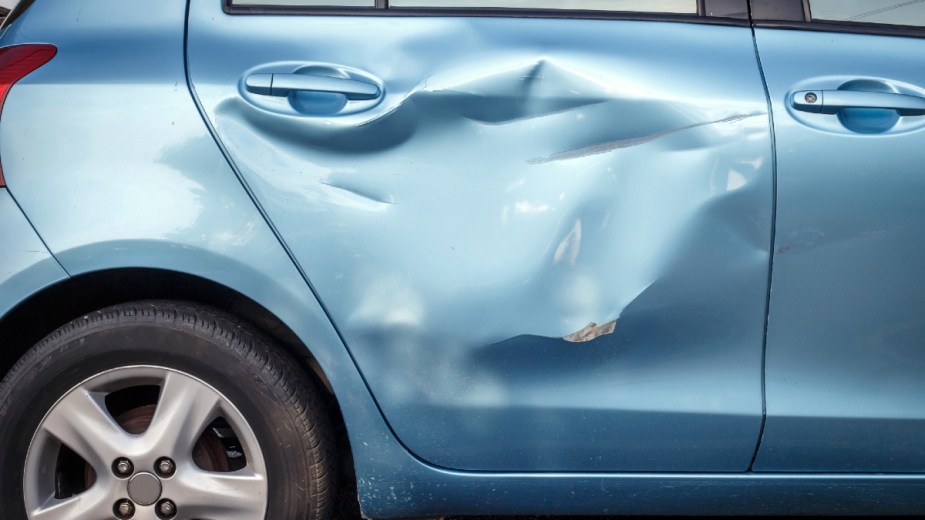
Your Car Trade In Preparation Starts Now!
You’ve researched, found the right car, and negotiated the right price. Now you’re heading home to enjoy your new ride and make it more personal. When should you begin to prepare to trade in your car for the next one? Truthfully, this activity begins as soon as you start driving your current vehicle.
How do you prepare to trade in your car from the beginning?
Why does your preparation for the next trade begin when you drive your new or new-to-you pre-owned car home? This is when you start to document the history of this car, which goes a long way toward obtaining the best trade-in value when it’s time to move on to the next vehicle.
Most of us won’t hold onto a car until it needs to be towed to the junkyard. You might drive your car for several years or enjoy driving something newer every few years. Regardless of your driving personality, the work toward protecting your trade-in value begins the day you take ownership of your current ride.
Should I clean my car before trading it?

If you want to receive the best offer, you’ll want to clean your car. Although dealers say they can see through the dirt and grime, you’ll receive the greatest trade-in value for your car if it’s clean. This gives your ride a cared-for appearance.
Here are a few other things you should do to increase the trade-in value of your car
Gather important documents about the car
You’ll need the title, service records, registration, and repair receipts for repairs still under warranty. These documents are important, and if you’re trading your vehicle to a dealer, they impact the trade-in offer.
Does fixing small issues increase what my car is worth?

Topping off the fluids, replacing burned-out bulbs, and replacing the wipers and tires can increase the offer you receive while trading your car. These items help dealers see that you’ve cared for your car and deserve a higher offer.
Grab the extra items that came with the car
When you’re ready to trade in your car, you’ll need to bring the extra keys or items that were part of the car when you first bought it. This is especially true if you take your car to a dealership for the trade. When a key is missing, you’re likely to lose some of the value of the trade, because the dealership will pay to replace the missing key before offering your old car to another consumer.
Should I inspect my car before trade-in?

Once you’ve prepped the car for trade, conduct an inspection. If you’re unsure whether or not you can be objective, ask a friend to help you. The team at Auto Cheat Sheet suggests thinking like a used car appraiser. This is when you’re searching for the dings, dents, and issues that could lower the trade-in value of your vehicle.
What is my car worth?
This is the most important question you can ask during the trade-in process. Before heading to the dealership, check estimated values online to get an idea of what you should receive. It’s a good idea to understand the different value levels to prepare for lower-than-expected offers.
What should you do if the offered trade-in value is lower than expected?
If you’re preparing to drive a brand-new vehicle and you’re trading in your car as part of the process, you can easily go to other dealers when the trade-in offer is too low. If you’ve prepared your old car for trade and are objective about the expected value, you don’t have to let the dealership give you a low offer.
On the other hand, if you’re considering a unique vehicle as your next ride, you can either forgo the trade, go through with the low offer, or post the car online and see if you can receive more for your older car than what the dealership offered.
Next, learn more about how a car trade-in works, or learn more about preparing your car for trade-in by watching this video below:



